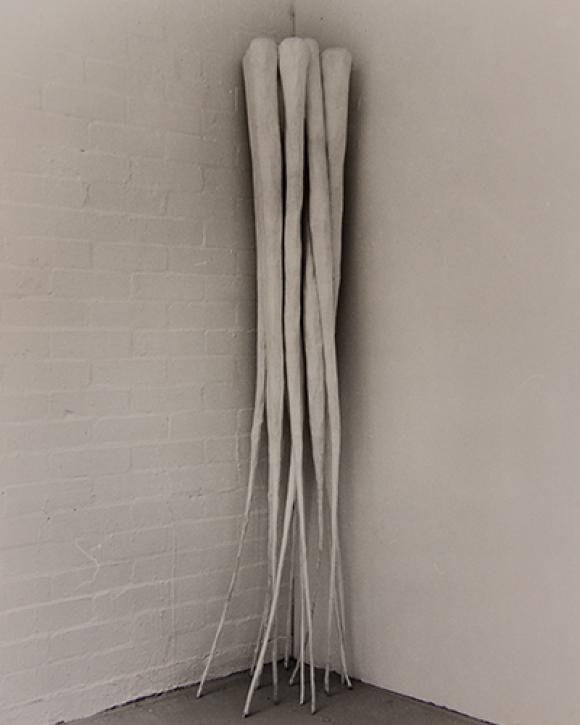Born in Chester in 1976 and now based in London and Suffolk, Ryan Gander has achieved international recognition for a prolific and diverse body of work embracing a vast range of media, from sculpture and installation, to books and games, even the attempt to introduce a new word and the creation of a unique range of sportswear.
Gander deliberately avoids a signature style, preferring instead to remain open to limitless possibilities, unpicking myths and creating new associations, all with a mischievous playfulness, a deadpan wit and a fascination for storytelling.
Ryan Gander has shown internationally, most recently as part of the British Art Show 8, and he has been the subject of high profile solo exhibitions including Make every show like it's your last, which opened at Manchester City Art Gallery, UK and toured to Derry, Linz, Vancouver and Aspen. His works are included in major national and international collections, including the Tate Collection, London, the National Museum of Wales, Cardiff and MacBA, Barcelona.
As old as time itself, slept alone (2016) by Ryan Gander is one of eight new works commissioned by the Arts Council Collection to mark its seventieth anniversary year. The work is the latest in a series that began in 2008, inspired by The Little Fourteen-Year-Old Dancer (1880-81) by Edgar Degas. Originally made out of wax, Degas’ seminal sculpture of a young dancer, two-thirds life size, was cast in bronze after the artist’s death and acquired by museums and galleries across the world. Gander began to seek out the ballerina on his many trips to museums and galleries and became fascinated by her melancholic stance, her youthful body tethered by the ‘ball and chain’ of her plinth.
In Gander’s series of work, the dancer, wearing a modern-day leotard rather than a tutu, is set free to explore the art institution. Presented as a single bronze edition, she is always accompanied by her white plinth and a blue cube, which for Gander represents the realm of contemporary art. In As old as time itself, slept alone (2016), the little dancer lies asleep on the floor, exhausted by her explorations of the contemporary art gallery. She finds shelter by the large blue cube, and keeps close by her little white plinth, which has shrunk to a toy-like scale. Despite her seemingly temporary freedoms, the fact remains that the little dancer is cast in bronze, trapped forever in museological captivity.
Night in the Museum: Ryan Gander Curates the Arts Council Collection, an ACC Touring Exhibitions, is currently on display at The Attenborough Centre, Leicester, until 21 May 2017.


